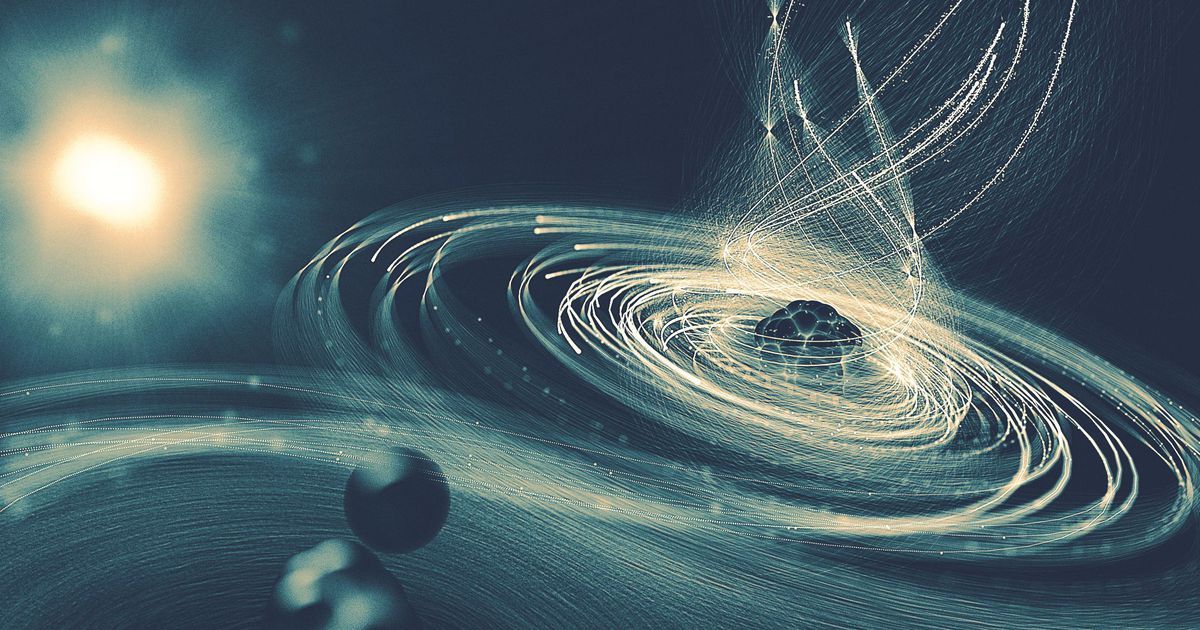A new paper shows
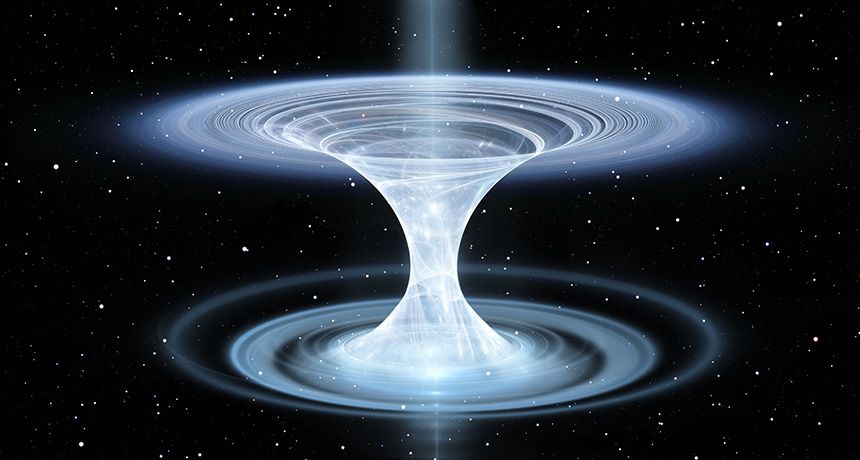

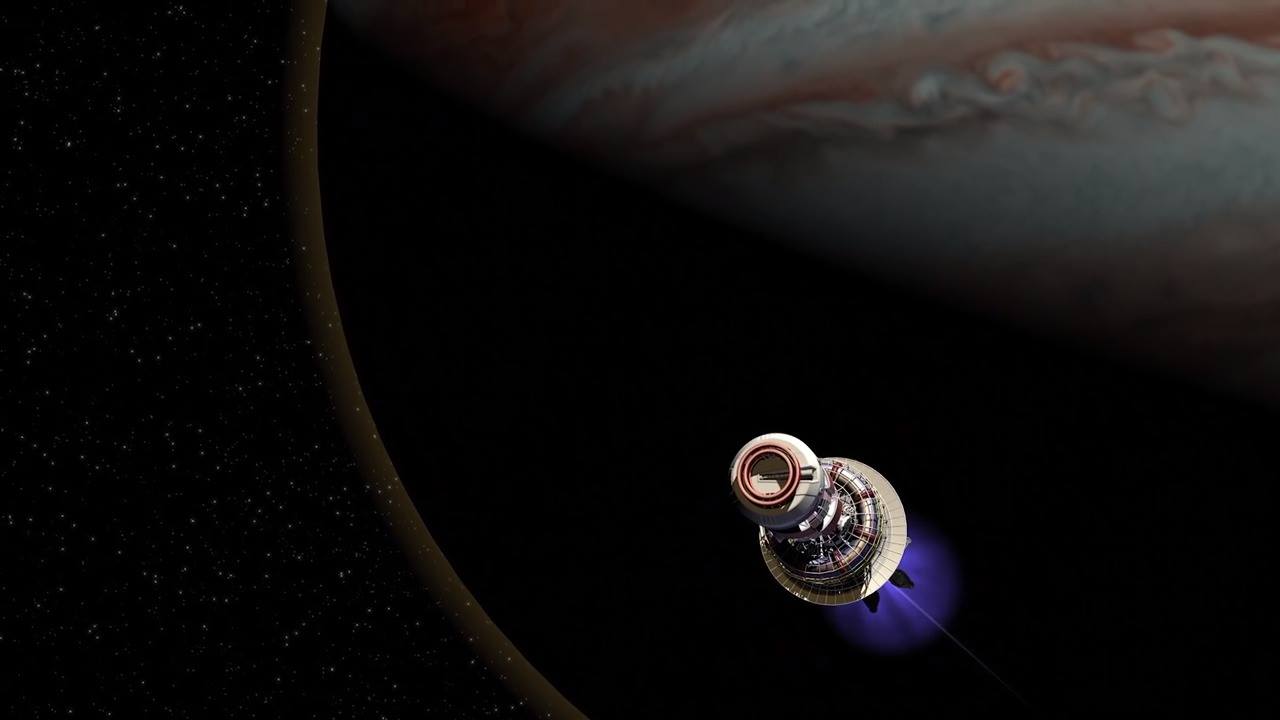
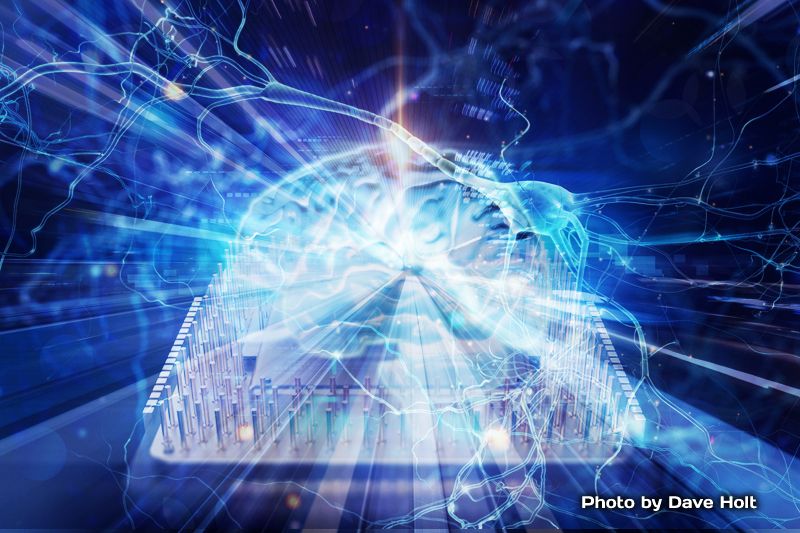
I have had this theory for a while and it fits my simulation theory but now seems like the perfect time to discuss it, given the research and findings from the Blue Brain Project. Please send me an email after reading this and let me know what you think of it? Thanks.
My Theory
By: Mr Futurist
In: AI Artificial Intelligence, Multiverse, Parallel Universes

“For example, Hasan says, “we can test theoretical ideas in the early universe,” simulating how particles may have behaved just after the Big Bang, when Lorentz symmetry may not have been obeyed.”
It’s interesting how often I hear condensed matter physicists justify their work by saying “might be important for something with quantum gravity” while condensed matter physics by itself is much more likely than quantum gravity to be good for something.

We have a highly respected Theoretical Physicist and a pioneer of Quantum Computing, along with the Founder of one of the leading quantum computer companies, D-Wave (whose clients include Google and NASA), talking about parallel universes. Here is a key that I discovered. They are not talking about parallel universes as a theory but as something factual that exists.
An amazing article on the ability of a Quantum Computer to exploit parallel universes. This article is a MUST READ!
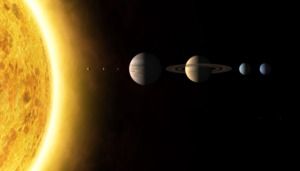
What’s wrong with this illustration of the planets in our solar system? »
For one thing, it suggests that the planets line up for photos on the same solar ray, just like baby ducks in a row. That’s a pretty rare occurrence—perhaps once in several billion years. In fact, Pluto doesn’t even orbit on the same plane as the planets. Its orbit is tilted 17 degrees. 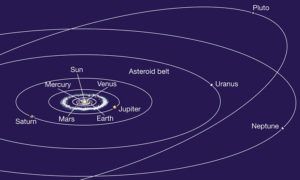 So, forget it lining up with anything, except on rare occasions, when it crosses the equatorial plane. On that day, you might get it to line up with one or two planets.
So, forget it lining up with anything, except on rare occasions, when it crosses the equatorial plane. On that day, you might get it to line up with one or two planets.
But what about scale? Space is so vast. Perhaps our solar system looks like this ↓
No such luck! Stars and planets do not fill a significant volume of the void. They are lonely specs in the great enveloping cosmic dark.* 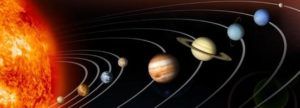 Space is mostly filled with—well—space! Lots and lots of it. In fact, if Pluto and our own moon were represented by just a single pixel on your computer screen, you wouldn’t see anything around it. Even if you daisy chain a few hundred computer screens, you will not discern the outer planets. They are just too far away.
Space is mostly filled with—well—space! Lots and lots of it. In fact, if Pluto and our own moon were represented by just a single pixel on your computer screen, you wouldn’t see anything around it. Even if you daisy chain a few hundred computer screens, you will not discern the outer planets. They are just too far away.
Josh Worth has created an interactive map of our solar system. For convenience, it also assumes that planets are lined up like ducks. But the relative sizes and distance between planets are accurate. Prepare to change your view of the cosmos…
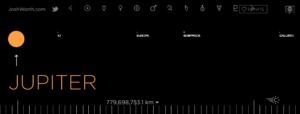
Just swipe your finger from the right edge of the screen to move away from the sun. Despite a fascinating experience (and many cute, provocative Easter eggs hidden between the planets), few readers swipe all the way out to Pluto and the author credits. On my high-resolution monitor, it requires more than a thousand swipes. Imagine if the Moon had been more than 1 pixel…It would take a long, long time! I would rather go out to dinner and a movie. But I urge you to travel at least to Jupiter. At 1/7 of the trip to Pluto, it should take less than 5 minutes.
On this scale, you won’t see the 1½ or 2 million asteroids between Mars and Jupiter. They aren’t large enough to merit a pixel. As Josh states, “Most space charts leave out the most significant part – all the space.” (an Easter egg at 1.12 billion km on the map).
* I borrowed this phrase from my former Cornell professor, Carl Sagan. He uses it in Pale Blue Dot [timestamp 2:14.]. This video tribute became a touchstone in my life; even more than having Sagan as a professor and mentor.
If you view it, be sure to also view Consider Again, Sagan’s follow-up in the video below. It is a thought-provoking observation of human-chauvinism throughout history—even among ancient Greeks. Carl isn’t the first atheist, of course. But he is eloquent in describing mankind’s ego trip: The delusion of a privileged place in the universe, or the religious depiction of God and his relationship with our species.
https://www.youtube.com/watch?v=XUxZwEYeuXE
Related:
Credit: ▪ Josh Worth and Sachin Gadhave who offers an illustrative answer at Quora.com
Philip Raymond co-chairs Crypsa & Bitcoin Event, columnist & board member at Lifeboat, editor
at WildDuck and will deliver the keynote address at Digital Currency Summit in Johannesburg.

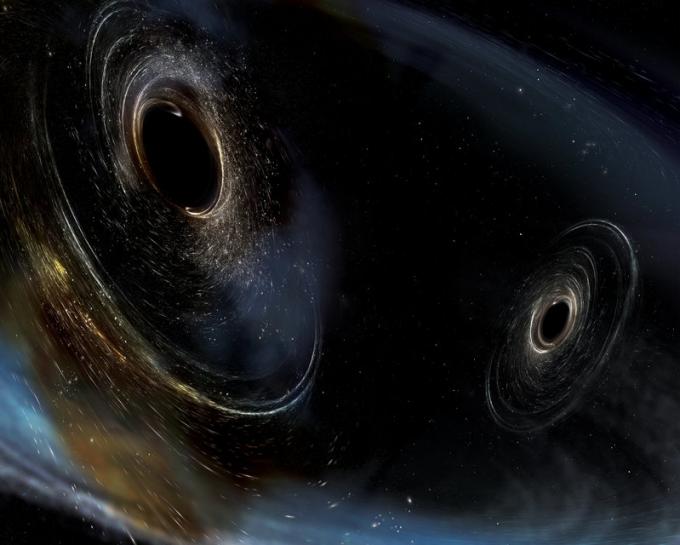
N” Scientists have for a third time detected ripples in space from black holes that crashed together billions of light years from Earth, a discovery that confirms a new technique for observing cataclysmic events in the universe, research published on Thursday shows.
Such vibrations, known as gravitational waves, were predicted by Albert Einstein more than 100 years ago and were detected for the first time in September 2015. They are triggered by massive celestial objects that crash and merge, setting off ripples through space and across time.
The latest detection occurred on Jan. 4, 2017. Twin lasers in Louisiana and Washington picked up the faint vibrations of two black holes that were 20 and 30 times more massive than the sun, respectively, before they spiraled toward each other and merged into a larger black hole.
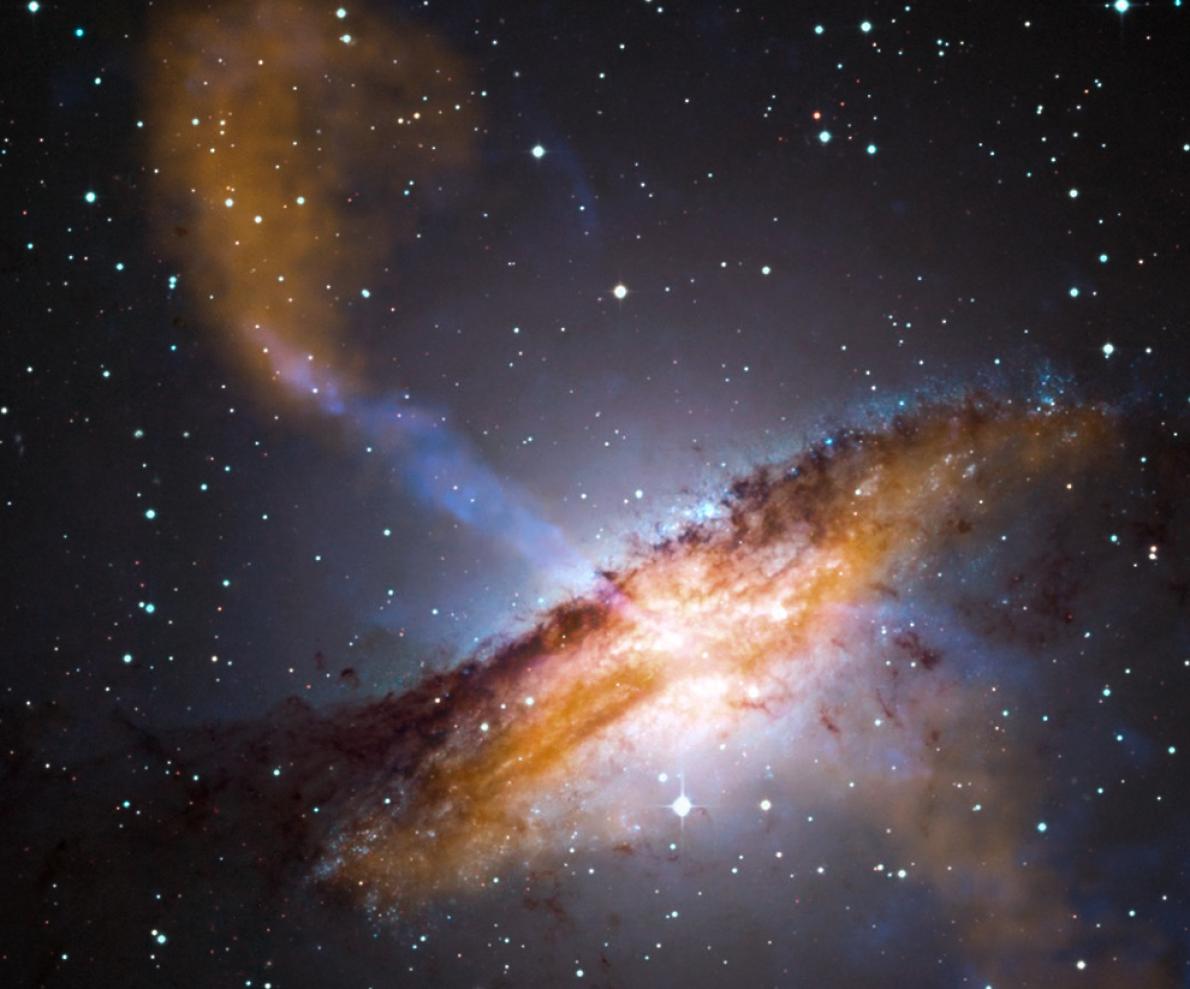
According to a mind-bending new theory, a black hole could actually be a tunnel between universes, meaning our universe may be nested inside a black hole that is part of a larger universe. The theory explains that the matter doesn’t collapse into a single point, but rather gushes out a “white hole” at the other end of the black one.
The theory was published in the journal Physics Letters B, by Indiana University physicist Nikodem Poplawski. In his article, he presents new mathematical models of the spiraling motion of matter falling into the black hole. His equations suggest that wormholes are probable alternatives to the “space-time singularities” originally predicted by Albert Einstein.
Einstein’s equations for general relativity suggest singularities are created whenever matter in a given region gets too dense as would happen at the center of a black hole. Singularities are infinitely dense and hot, and take up no space. This idea has been supported by indirect evidence but has never been fully accepted into the scientific community.
